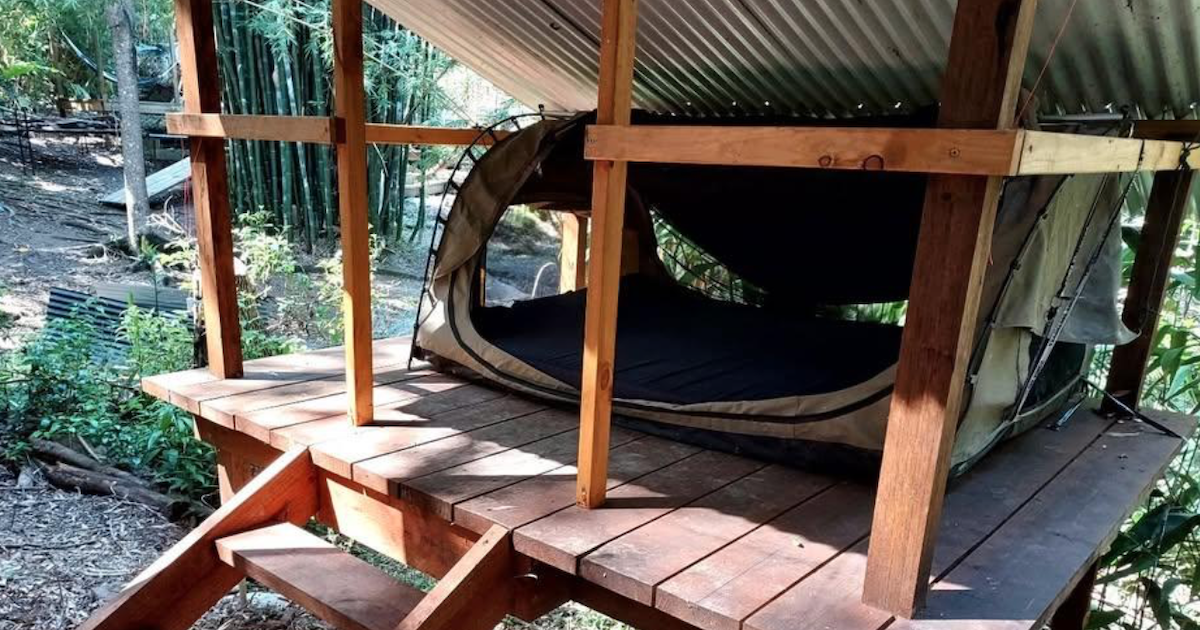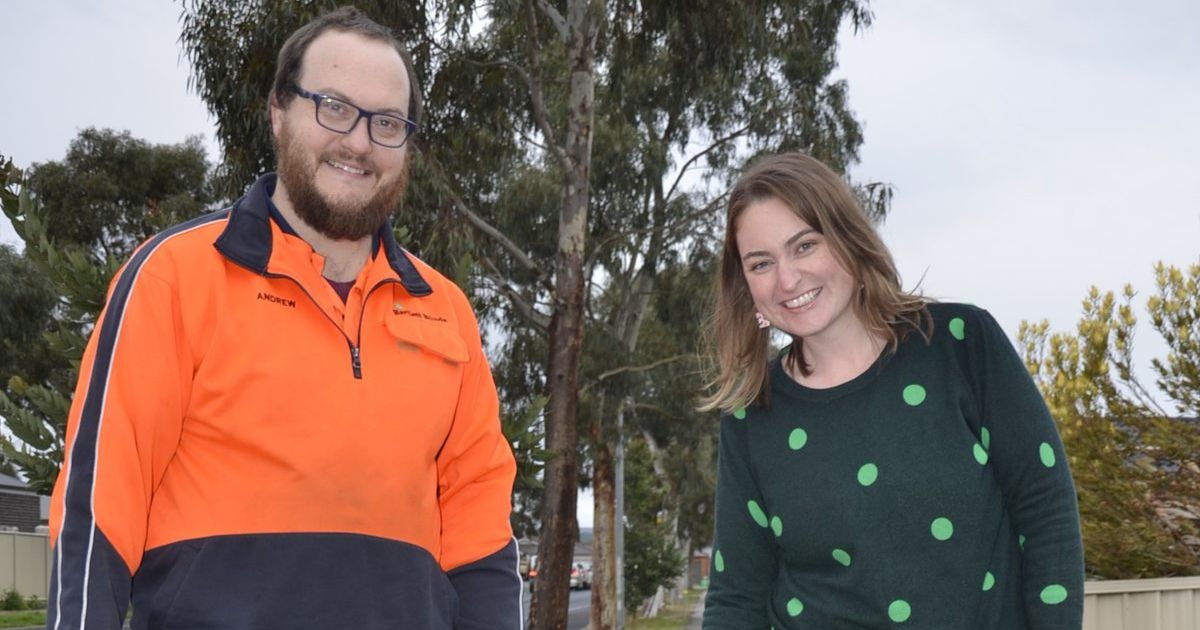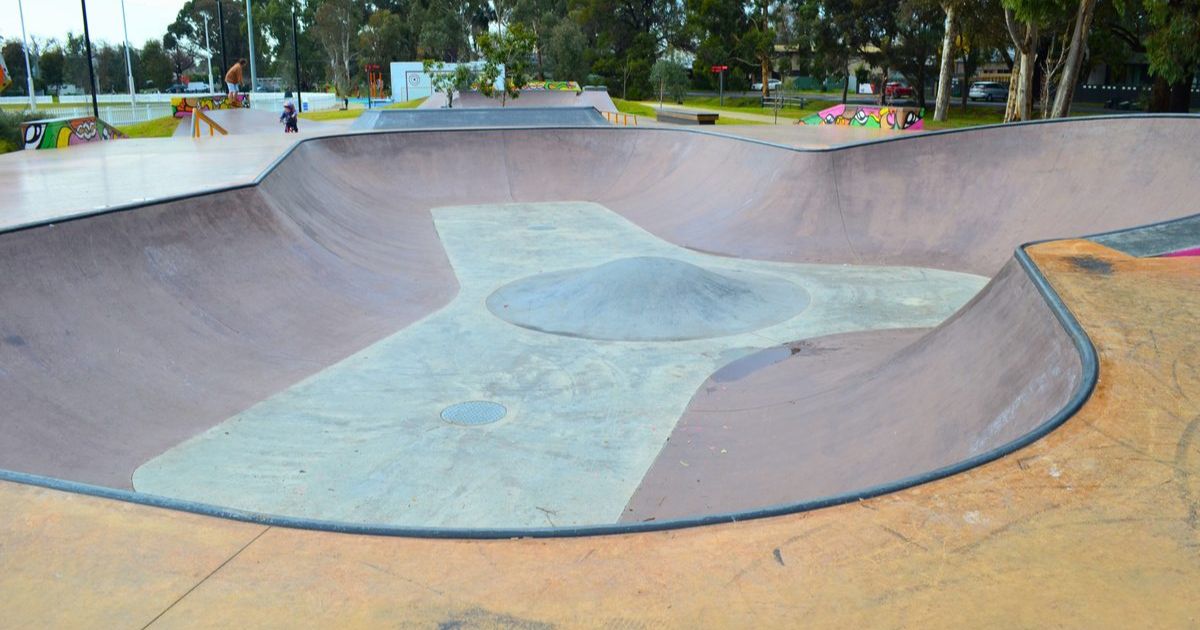150 years of practical, hands-on education

Hands-on: Ballarat School of Mines Model Mine, circa 1920. Photos: FEDERATION UNIVERSITY HISTORICAL COLLECTION
IN 1869, Ballarat’s industrious community was finding it harder to mine for gold than they had before.
Miners were travelling further into the earth, skilfully using powerful steam engines to pump out water. They needed breathable air, too.
Well-trained employees were critically needed for these sites, so the Ballarat Mining Board proposed the city establish their own School of Mines, and passed a motion to begin building it.

Fifteen decades later, the School has evolved into what is now known as Federation University. This year, the tertiary institution is celebrating their 150th anniversary.
FedUni curator: art and historical collections, Clare Gervasoni said in the initial decades at Lydiard Street South, running the School was a “hard slog.”
“A lot of people put a lot of effort in to keep others employed and get enough money from the enrolments,” she said.
“It was a very practical education, and we had our own mine, so students would go into the model mine where there would be stamper batteries… Mines would send parcels of dirt, which they called ‘stuff,’ to be assayed.
“Some people would do the assaying in the model mine, which was fundraising to keep the school going, and the students always had hands-on experience.”

At the turn of the century, the School’s boys were heading down real mines. The FedUni Art and Historical Collections have photos of miners outside poppet heads with pupils.
Ms Gervasoni said a man with a Ballarat School of Mines education would impress the mining industry and its employers internationally.
“With that qualification, they could walk into any job around the world. It was known they were so well trained.
“So many of our boys started up the great mines, so they would employ those that they knew with similar training to them,” she said.
“The Australian Mining Hall of Fame has quite a few people from the Ballarat School of Mines.”
The Ballarat Technical Art School arrived in 1907 after a technological commission, and this centre is the first generation of what’s now the prestigious Federation University Arts Academy.

At the time, there were three arts schools in Ballarat, but Ms Gervasoni said the Department of Education would fund only one. Luckily for the School of Mines, a financial injection was given to their art division.
“The students were taught very well in practical art, techniques and art history, and were commissioned to create trophies, war honour books, and boards, working with timber and stained glass.”
Part of the building and decoration within Villers Bretonneux’s Victoria School was worked on by students from the Ballarat Technical Art School.
“Many of the great art teachers trained in Ballarat. There are decades of them that…were sought by the Department of Education,” she said.
“It’s now the longest continuing tertiary arts institution in Australia.”

Dating back to 1926 from Dana Street Primary School, the Ballarat Teachers’ College added a string to the institution’s practical education bow.
“They started with 61 students. People learnt to write on a blackboard and how to control a class. It was hands-on,” Ms Gervasoni said.
“Through the whole university timeline, those practical ideals come through continually.”
The centenary year, 1970, saw the opening of the Tertiary Division of the Ballarat School of Mines at Mount Helen campus. The Lydiard Street site was cramped, and the government was boosting tertiary education.
It became known as the Ballarat Institute of Advanced Education. TAFE and technical education was still at the School of Mines, and the Ballarat Technical School, established in 1913, was still running for secondary aged students working towards apprenticeships.
In the late 70s, Ballarat Teachers’ College became the State College of Victoria at Ballarat. It then merged with the Ballarat Institute of Advanced Education to become the Ballarat College of Advanced Education.
At this time, the Ballarat School of Mines separated.

Ballarat University College was the next initiative, assisted by the University of Melbourne, before universities around the state began to merge. At that time, the College stood alone and became the University of Ballarat.
In 2004, the School of Mines re-joined the family, becoming part of the University of Ballarat, and 10 years later on January 1, 2014, Federation University Australia was formally founded, rebranding it all.
Vice chancellor and president, Professor Duncan Bentley said he’s only new to the team, but understands how intrinsically “part of the fabric” FedUni is in Ballarat.
“The number of people who have a deep connection and family history going back generations with Federation and its predecessor institutions is quite remarkable,” he said.
Professor Bentley views the skills and trades needed today as similar to those which were needed in “fuelling economic growth” in 1870.

“Now is a time for huge opportunity, with our connections, our digital networks, infrastructure, ability with trains and roads… We can transform our communities and make them even more vibrant, alive and attractive,” he said.
“We have 5G rolling out, smart farms and agriculture, advanced manufacturing in renewables, bio and med-tech taking off in health, and education and the arts.
“Federation University is right at the heart of it, and we’ll provide the skills and facilitate working with industry and government to increase the value-add in regional Victoria.”


















